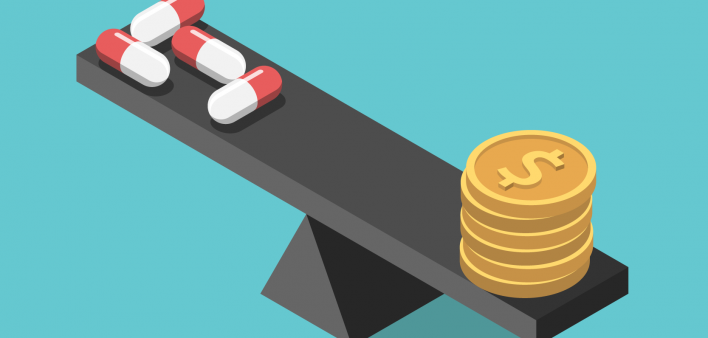Various factors, including being Black and having public rather than private insurance, are associated with a greater likelihood that an individual with HIV who has achieved a fully suppressed viral load on antiretroviral (ARV) treatment will later experience a viral rebound.
As described in the Journal of Acquired Immune Deficiency Syndromes, researchers studied data from the Medical Monitoring Project (MMP), an annual cross-sectional survey (meaning it is taken at one time) about the experiences and needs of adults diagnosed with HIV. The participants are sampled from the National HIV Surveillance System.
The study authors looked at data from three MMP cycles spanning June 2015 to May 2018. They analyzed viral load test results from the 12-month period before the interview among people with at least two viral load tests who had achieved a fully suppressed viral load, defined as below 200.
The analysis included 6,767 people; of these, 543 experienced viral rebound, and 6,224 had sustained viral suppression during the 12 months prior to the interview. This meant that 7.5% of the population experienced viral rebound.
After adjusting the data to account for various differences among the survey respondents, the study authors found that various factors were associated with a greater likelihood of developing viral rebound. Black respondents had a 1.50-fold greater likelihood of viral rebound compared with white ones. Both 18- to 29-year-olds (1.36-fold) and 30- to 39-year-olds (1.28-fold) had a higher likelihood of viral rebound than those 50 or older.
Health coverage also had an effect. Respondents with public insurance had a 1.32-fold greater likelihood of viral rebound than those with private insurance, and those cared for at a clinic receiving Ryan White funding had 1.40-fold higher risk. People who were homeless were 1.39-fold more likely to experience viral rebound than those who were stably housed.
Having had two viral load tests (1.71-fold), three tests (2.30-fold) or four or more tests (5.54-fold) after the first test showing viral suppression was associated with higher likelihood of viral rebound, compared with having one test after that point. Missing HIV care appointments (1.49-fold), not currently using ARVs (5.34-fold) and currently taking ARVs but not adhering perfectly to the daily drug regimen (1.88-fold) raised the risk compared with taking ARVs and adhering at a 100% rate.
“Viral rebound varied by sociodemographic and clinical characteristics,” the study authors concluded. “HIV providers can monitor persons at greatest risk for viral rebound and link patients with ancillary services or evidence-based interventions to help them remain virally suppressed.”
To read the study abstract, click here.







Comments
Comments